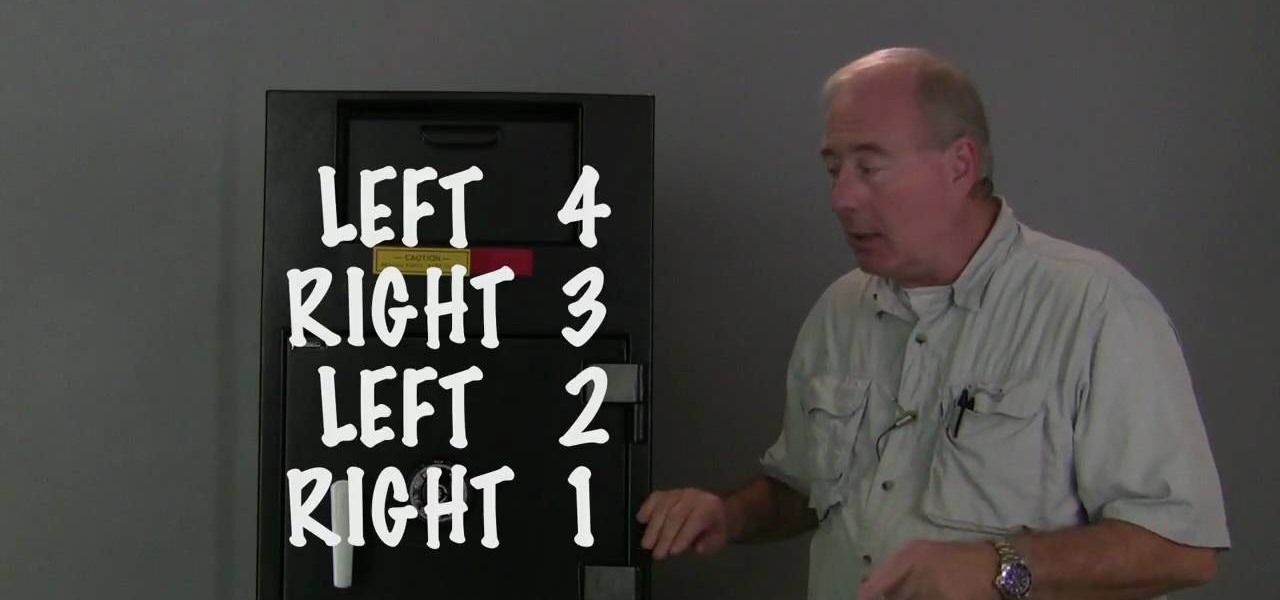

There are a variety of different tracheostomy tubes available. Trache or Tracheostomy tube: a curved hollow tube of rubber or plastic inserted into the trachea to relieve airway obstruction, facilitate mechanical ventilation or the removal of tracheal secretions.Tracheal Suctioning: is a means of clearing the airway of secretions or mucus through the application of negative pressure via a suction catheter.Tracheostomy: a surgical opening between 2 - 3 ( or 3 - 4) tracheal rings into the trachea below the larynx.Stoma: a permanent opening between the surface of the body, and an underlying organ (in this case, between the trachea and the anterior surface of the neck).

NeopuffTM is the resuscitation device used at the bedside in Neonatal Unit at RCH Peek Inspiratory Pressure (PIP) is pre-set, and PEEP can be adjusted using the valve on the T piece. Breaths are delivered by occluding a T piece.

Neopuff® : is a flow controlled, pressure limited mechanical device specifically designed for neonatal resuscitation.Humidification: the mechanical process of increasing the water vapour content of an inspired gas.Heat moisture exchangers (HME): a hygroscopic material that retains the child's exhaled heat and moisture, which is then returned to subsequent inhaled air (gas).Decannulation: removal of a tracheostomy tub.The aim of the guideline is to outline the principles of management for patients with a new or existing tracheostomy for clinicians at the Royal Children’s Hospital (RCH). Post-Operative management of a new tracheostomyĪ tracheostomy is a surgical opening into the trachea below the larynx through which an indwelling tube is placed to overcome upper airway obstruction, facilitate mechanical ventilator support and/or the removal of tracheo-bronchial secretions. The Resuscitation Flowchart (under review) Note: this guideline is currently under review.


 0 kommentar(er)
0 kommentar(er)
